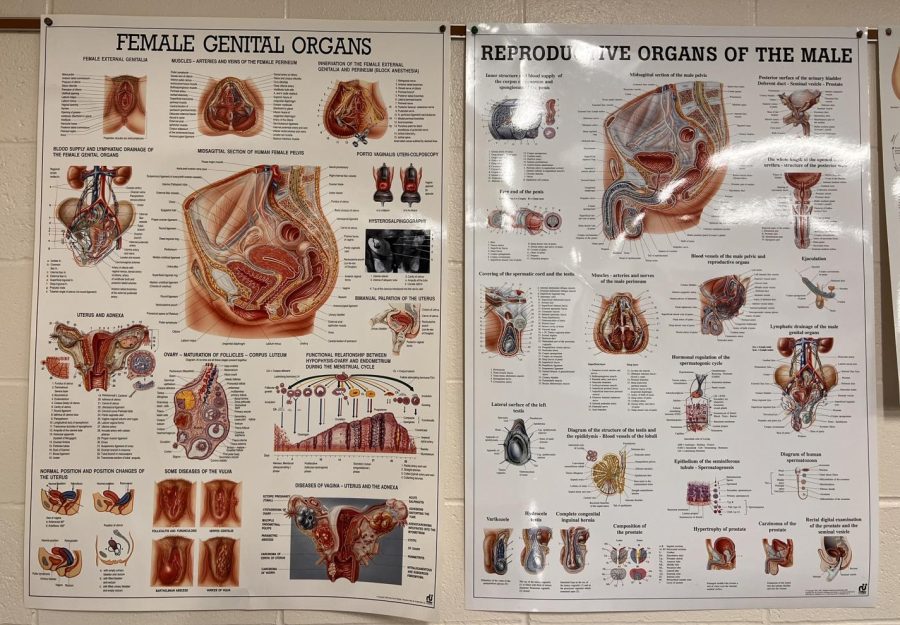Within the last few years, the Iowa and Illinois Departments of Health and, more specifically, the Quad Cities have seen rapidly growing rates of sexually transmitted diseases (STDs) among teenagers and young adults. With safe sex sentiments being largely unheard of in schools beyond freshman health class, the dangerous effects of negligent sexual behavior can now be seen.
Health classes that teach the importance of safe sex are only required from seventh to ninth grade even though most sexual relationships do not start until around 15 years old according to the CDC. In both Illinois and Iowa, the highest rates of STDs are seen in 15- to 24-year-olds. This is a time known for pushing boundaries and living care-free, but sexual health is something that cannot be ignored at any point in one’s life.
In Scott County alone, there was a combined total of 1,542 recorded cases of chlamydia, gonorrhea and syphilis. In Iowa overall, there were 22,514 cases. Comparatively in Illinois, there was a shocking total of 75,477 reported cases statewide. The vast majority of these were within the 15-24 age group.
These also do not include those who went untreated or who had a different type of STD as chlamydia, gonorrhea and syphilis are the only infections that are required to be reported to the department of health.
Nurse practitioner Molly Wiebel, a provider at Pediatric Group Associates in Moline, Ill., has first-hand knowledge regarding the increasing numbers of STDs in teenagers. “At our practice, we don’t have many cases because our patients are so young, but it is definitely a concern within the medical community,” she said. “Inconsistency with protection is the number one way people find themselves with an STD.”
It has become apparent that parents and schools need to do better at educating and reminding teens of the possible realities of having unprotected sex. Many do not fully understand how serious some STDs can be until it is too late. Senior Alix Dalmasso explained her thoughts on the rates of STDs in the Q.C. “The rates show that it might be necessary for schools to have more education regarding STDs.” It is apparent that it is not effective to teach the priorities of safe sex, and the risks of STDs, before teenagers actually start having sex. Weibel outlined the possible outcomes, “These infections can lead to long term conditions including cancer and even death.”
STDs are easily preventable when the correct precautions are taken. Besides abstinence, knowing who one’s partner has been with, receiving vaccines, using a condom, and getting tested yearly are the most effective ways to avoid STDs. “Hearing those numbers is really scary,” Dalmasso added. “It shows that people need to be more cautious.”
With the current amount of cases in young adults within the 15-24 age group, it is essential that the risks of unprotected sex and the long-term consequences STDs can have, need to be reiterated throughout high school.










Elsa • Apr 6, 2022 at 9:01 pm
I agree with Alix about the numbers of cases being scary. I didn’t think the numbers were that high. The last time my class was taught about sex education was freshman year. It would be very helpful for parents and schools to educate more especially as the vast majority of STD cases are in the 15-24 age group. College campuses could even do more about sex education and protecting their students.
Adelaide Wolfe • Mar 31, 2022 at 10:04 am
I think this article is very well written and very informative. Many students don’t know how important this is because we only really learn about it freshman year and then it’s not spoken about again. I like how it sheds light on how parents and schools need to do a better job on educating.